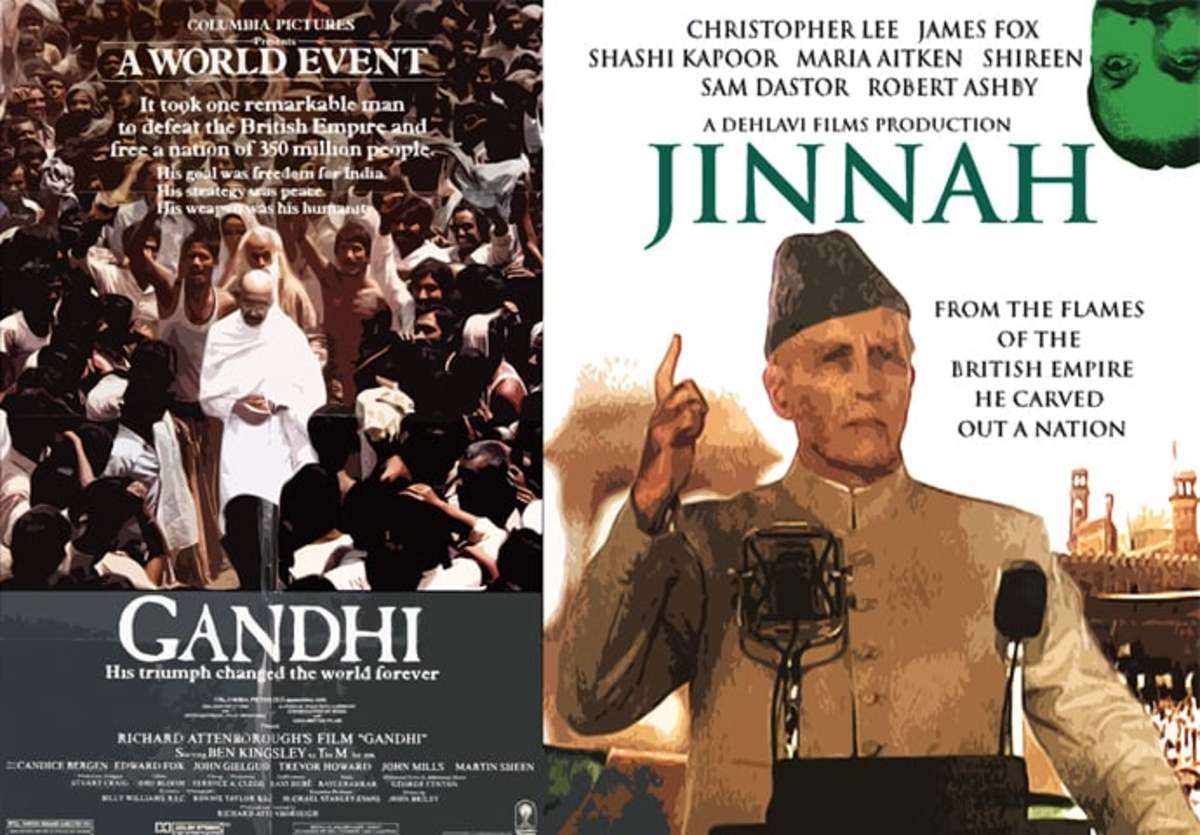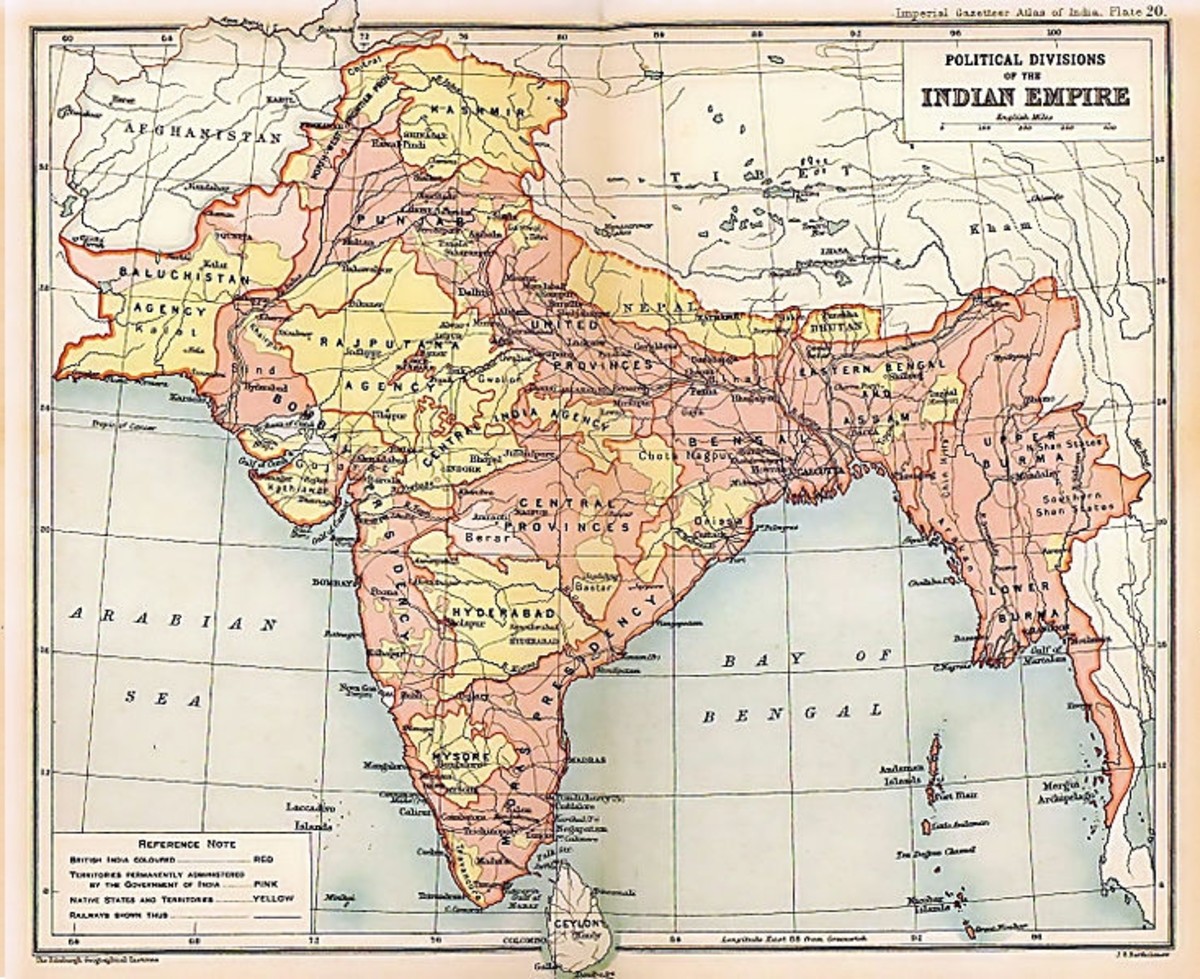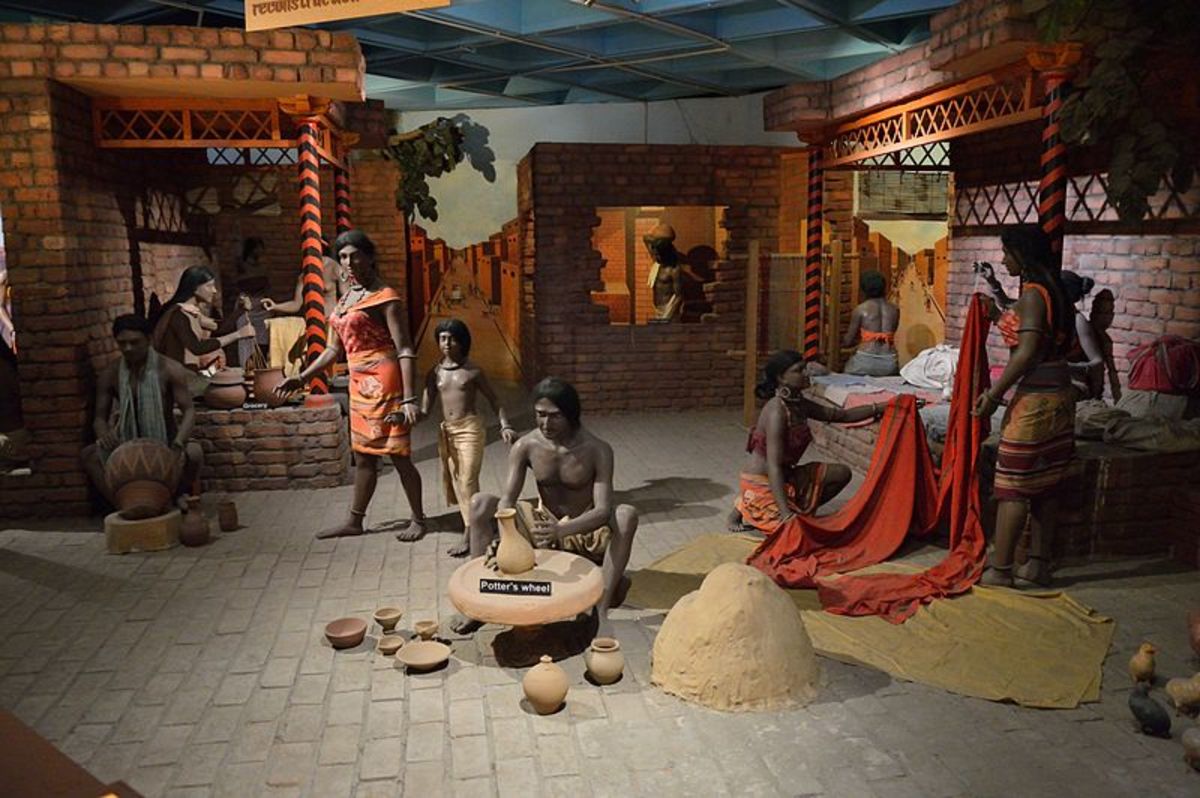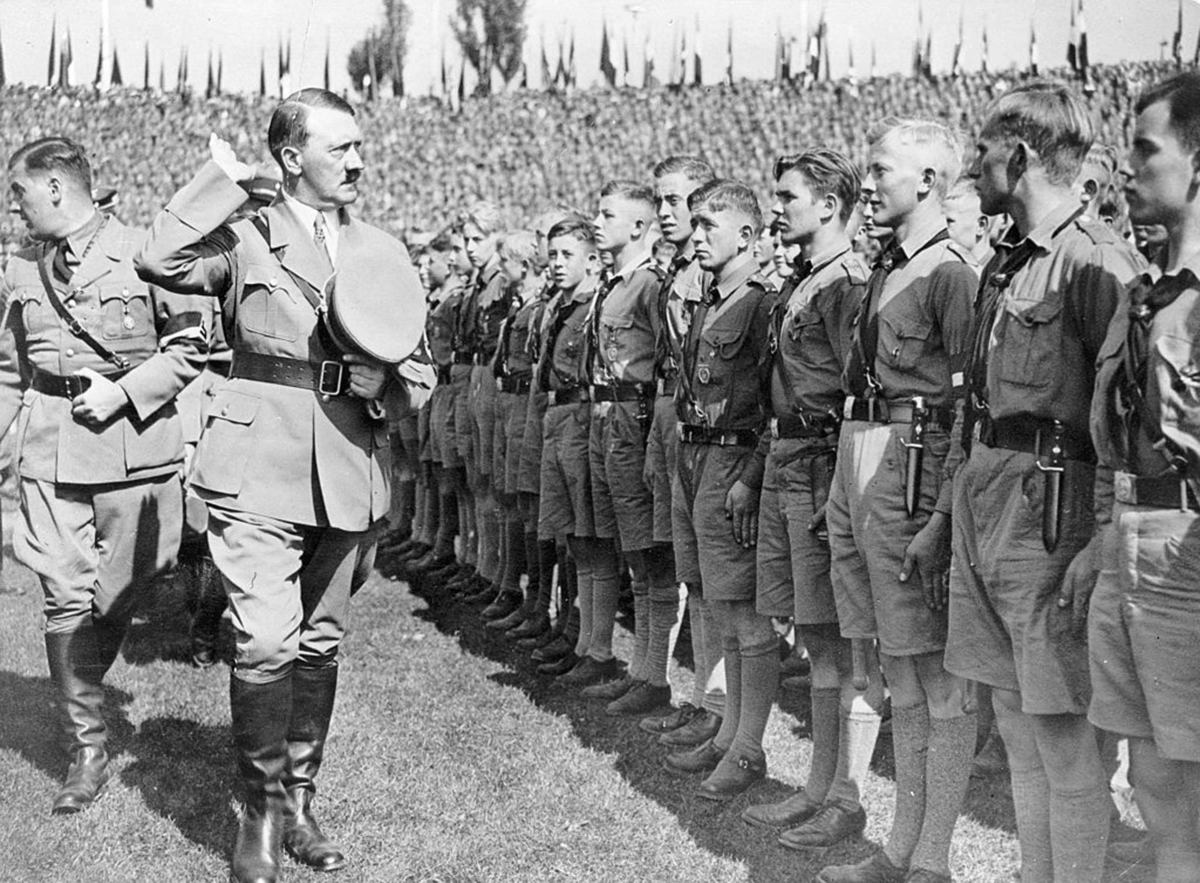Modi Wins and Heralds a Renaissance of Hindu Power
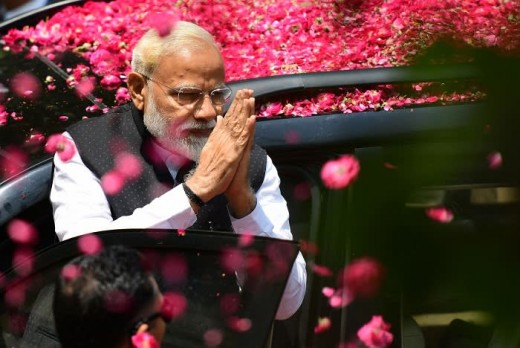
Background
2019 has been a tumultuous period in Indian history. The second successive victory of Mr. Narendra Modi in the general election represents the rise of the Bharatiya Janata Party (BJP). The BJP is in real terms a Hindu revivalist party. The question one is apt to ask is as to why does India need a Hindu revivalist party? To answer this question one has to look at history and look back at what India was almost two thousand years back when Hinduism in its pristine glory ruled the world.
A few sentences on that period will lay the background of the present renaissance in Hinduism. Right after the defeat of Alexander the great in 326 BC by Raja Porus till the 10th century, Hinduism was in all its glory and ruled the world. Emperor Kanishka (144 AD) and other Hindu Kings ruled over an empire that extended right up to Central Asia. When we read names of Chandragupta and Samudragupta (380 AD)who consolidated one of the biggest empires in world history as also just and erudite Kings like Raja Bhoj(1010-55 AD) and Vikramaditya we are in awe of them. The foundation of good governance and peace was through "dharma". What is Hindu Dharma? This word represents righteousness. In other words, it means ruling as per what is laid down in the scriptures. This was the period when these Kings ruled over a diverse population with Hinduism as the base.
All were treated alike and we have what is known as secularism in practice and thought. Hindu lore is full of tales of the intellect and wisdom of Kings like Vikramaditya and Raja Bhoj. They brought to the fore the power of reason and compassion.
Ancient kings domination
One aspect that should not be forgotten is that during this age the weapons of war were given due importance and emperors like Samudragupta dominated entire Central Asia and the subcontinent, with vast corps of war-elephants.
From the 10th century onwards, the Hindu kings had their first contact with the Turko- Islamic invaders. A fact that emerges during this period reveals that Hindu military doctrine did not innovate. One of the principles of war -mobility was not given due importance. On the other hand, the Muslims introduced the concept of the mounted archer.
Moslem rule
This was a new concept in the subcontinent and resulted in a victory for the invaders, who faced the sluggish armies of Hindu kings replete with elephant corps that denied them mobility. Muslim invaders like Mohammed bin Qasim, Ghori and Ghazni swept North India and established Muslim rule. For the next 900 years, a period of intense introspection and pessimism set in as the Hindus became the subjects in their own land. To profess their religion they had to pay the Jizya tax.
Whether it was Tipu sultan or Aurangzeb, Muslim emperors and Kings enforced Islamic rituals all over the country. They destroyed the most sacred Hindu shrines like Kashi and Ayodhya and on the ruins of these temples, they went about constructing mosques. Historians have estimated that out of a Hindu population of about 200 million at that time nearly 80 million were decimated.
This was one of the most trying periods of Indian history but then the unequal rule had to end and this came with the establishment of the Sikh empire in Punjab and the Maratha empire in the rest of India. This resulted in a short Hindu Renaissance and it was over as the East India company came to India and established British rule. The British also defeated the Muslim chiefs. The British rule was perhaps not that good but in the words of eminent historians and writers like Nirad Chaudhary, the British established the rule of law in India and liberated the Hindus from paying the Jizya which was abolished. Thus after 900 years of Muslim rule, Hinduism could come alive again.

Forward from the Raj
The Raj was an important period in Indian history as the British did many good things like the abolition of sati and child marriage. They also give the Hindus an identity which has long been suppressed under Muslim rule. Mahatma Gandhi and Subhash Chandra Bose are products of the flowering of Hindu thought.
History has its own way of equalizing the winners and the losers and after the British joust with Hitler which resulted in a pyrrhic victory, the British lost the ability to control their empire that collapsed like a pack of cards.
The end of world war II led to the eclipse of the British empire.
Congress party flounders
After the lapse of English rule in 1947, the party that came to the fore was the Congress party. It must be understood the Congress party was dominated by Mohandas Gandhi and his protege Pandit Nehru. Both these men had a warped concept of Hinduism. They mistakenly believed that the Muslims and Hindus can only live together if the Muslims are placated and allowed freedom to practice their faith under the aegis of the Sharia. Gandhi, in particular, lived in a fool's paradise and wanted to be known as a leader of the Muslims as well but the Muslims rejected him. Even now in Pakistan, he is just remembered as a Hindu leader who brought many ills to the sub-continent.
This led to a policy of appeasement of the Muslim minority. Gandhi's protege Jawaharlal Nehru continued these policies of appeasement of the Muslim minority in India and the results are simply disastrous. He enforced progressive laws like a common civil code on the Hindus but allowed the Muslims to carry on their practices and follow the Sharia. This is not allowed in any country but Pandit Nehru, unfortunately, continued on this line of thought.
It is hard to reconcile to the fact the Indian government of those days started giving a Haj subsidy to Muslims pilgrims going for Haj. Nothing was given to any Hindu pilgrim.
RSS and BJP
This state of affairs continued for a half century and the RSS and the BJP began to spread the message of ancient India to the length and breadth of India. They also began to highlight the discrimination against Hindus.
They brought out the fact that India had a glorious past and the present leaders of the Congress party were denigrating Hindu thought in the guise of "secularism".
The campaigns by RSS and the BJP begin to bear fruit and the first effect came in 1998 when Atal Bihari Vajpayee became the Prime Minister for a period of 6 years. Vajpayee, however, was a supine leader and he did not change the policy of the Congress governments. He became history in 2004 and the Congress was given a second chance for a decade by the electorate.
This period is remembered as one of the most corrupt in Indian political history and the presiding officer of this was the prime minister Sardar Manmohan Singh who allowed cabinet ministers to loot the state treasury. This period was a godsend for the RSS and BJP which used the inactivity and corruption of the Congress government to build up grassroots support. Worse the Congress party coined the word "Hindu terror" that boomeranged badly at the hustings.
Last word
The BJP and RSS began to seriously cultivate their supporters and convinced many of them that it was time the Hindus asserted their identity and threw the Congress into the Bay of Bengal.
The first success came in 2014 when Narendra Modi won a majority in the house of commons- the Lok Sabha. In 5 years Modi did enough to justify re-election and was the first Prime Minister who gave a Hindu touch to the government and often prayed at the famous Hindu temples and shrines. This had a positive effect on the vast majority of Hindus who began to see in him as a man who could lead the Hindus forward to the glory of ancient India. Hinduism is taking a firm grip on India but that does not mean they are not secular. Secularism which is inherent in Hinduism and was practiced by the ancient emperors and warriors is the beacon for all Indians. Modi has won again in 2019 and this is primarily on the Hindu vote and polarisation of the electorate.
There is no way that the old order can come back to India as this country is now on the verge of breaking into the world as a great power and Narendra Modi would be the instrument or the catalyst for that. The world will have to come to terms with the Hindu Renaissance as well as Hindu militancy. The old concept mentioned by Frank Moreas of the "meek and mild Hindu" is now going to be in the dustbin. In the years to come, the world will see a different India. An India that is more assertive and closer to ideals of the great Hindu Kings like Vikramaditya and Raja Bhoj

